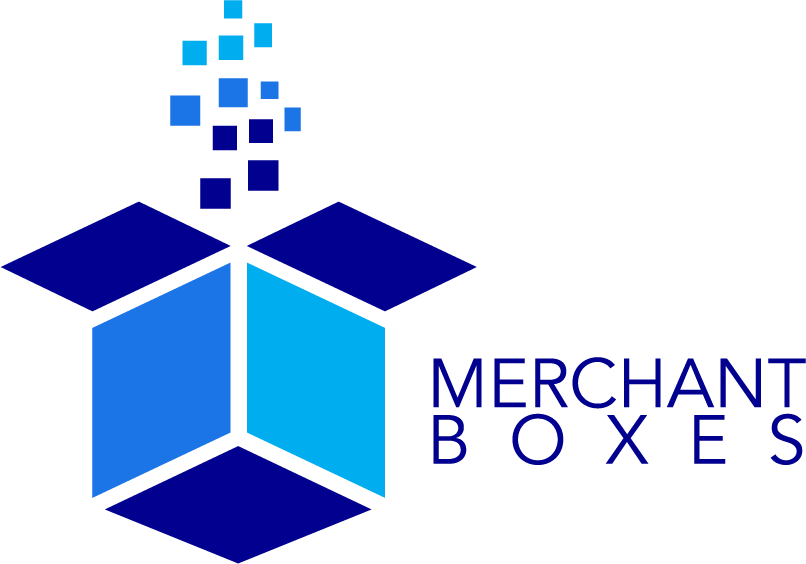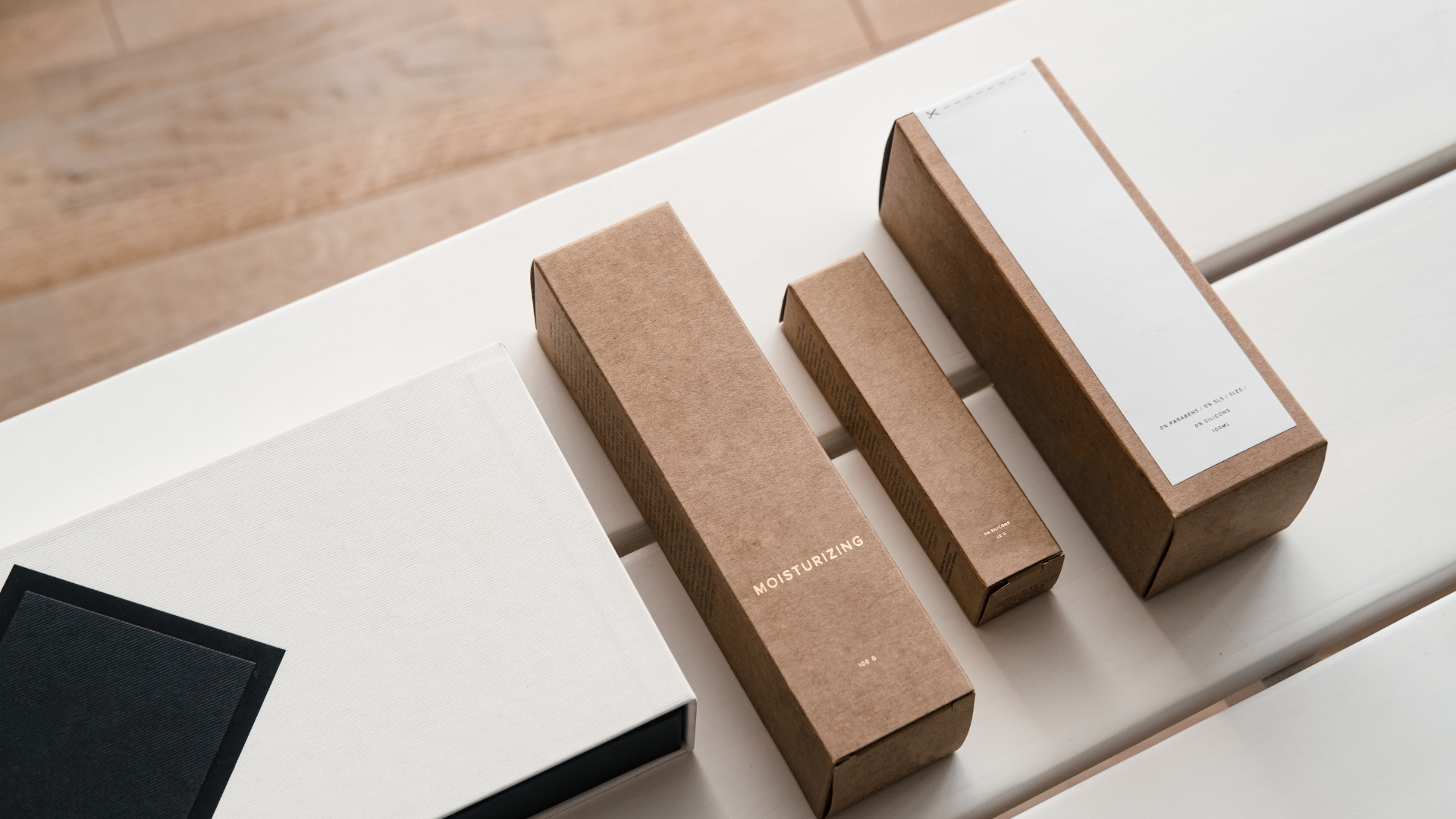Sustainability the smart way.
Sustainability in Packaging
Our Sustainability Journey
•
Our Sustainability Journey •
Leveraging eco-friendly packaging
We are committed to driving sustainability and leveraging eco-friendly packaging wherever possible.
Renewable materials
We can design and source packaging made from a wide range of eco-friendly and/or renewable materials, including bamboo, hemp, wood, and even mushroom fiber.
Becoming more responsible
Everything we do is through the lens of “How can we be more responsible?” That means leveraging our access and expertise with alternative materials and generally using resources more intelligently to achieve your goals.
Examples of eco-friendly packaging
-
Compostable packaging is commonly derived from plant-based materials or bio-polymers. Certification as "home compostable" requires that the product decompose within 180 days in home compost and 90 days in commercial compost. The use of cardboard and paper products in backyard compost is advantageous due to their ability to balance the carbon-nitrogen ratio and lack of chemical compounds.
-
Recycled packaging is manufactured using previously utilized materials, such as plastic and paper, which are processed in recycling facilities and reused, thereby extending their lifespan. Recycling diminishes the volume of waste sent to landfills and incinerators, conserves natural resources, and reduces pollution by decreasing the need for new raw materials. Selecting products made from recycled materials and recycling them appropriately by categorizing them based on their materials can ensure the success of recycling.
-
Reusable packaging refers to packaging that can be used for multiple purposes, in contrast to single-use packaging which is typically recycled after fulfilling its primary function. The utilization of reusable packaging doubles the utility of the packaging and reduces the use of single-use packaging. Companies can educate their customers on how to reuse packaging to encourage sustainable practices.
-
Plantable packaging refers to innovative eco-friendly packaging solutions that serve a dual purpose: not only do they protect products during transportation and display, but they also contribute to environmental sustainability by being biodegradable and capable of growing into plants. These packages often contain embedded seeds within the material, such as recycled paper or biodegradable plastics, which can be planted directly into the soil after use. As the package decomposes, the seeds germinate, resulting in the growth of herbs, flowers, or even trees, depending on the type of seeds used. Plantable packaging represents a creative approach to reducing waste and promoting green practices in product packaging.
-
Mushroom packaging, also known as mycelium packaging or myco-materials, is an innovative sustainable alternative to traditional packaging materials like styrofoam or plastic. It is made from agricultural waste such as corn stalks, husks, or sawdust, combined with mycelium, the root structure of mushrooms. This mixture is then molded into various shapes and allowed to grow and bind together. The result is a lightweight, durable, and biodegradable material that can be used for packaging a wide range of products. Mushroom packaging not only reduces the environmental impact of traditional packaging materials but also offers a closed-loop solution, as it can be composted after use, returning nutrients to the soil. It represents a promising example of harnessing nature's processes to create sustainable solutions for packaging needs.
-
Edible packaging presents an innovative and sustainable solution to the environmental challenges posed by traditional packaging materials. These packages are typically made from edible substances such as seaweed, starches, or proteins, and are designed to be consumed along with the food or beverage they encase. Edible packaging not only reduces waste by eliminating the need for disposal but also offers additional benefits such as extended product shelf life and enhanced food safety. With growing concerns about plastic pollution and single-use packaging, edible packaging represents a promising avenue for reducing environmental impact while providing convenient and eco-friendly packaging options for consumers.
Our company is dedicated to collaborating with suppliers who adhere to our rigorous standards for quality, sustainability, and equitable treatment.
Sustainable packaging in action
Introducing the Blaze Box
The Blaze Box was created as a collaboration between leaders in the print, packaging, paper, and design industries. This sustainable and beautiful box was presented at MJBizCon back in 2023.
The creative minds at Merchant Boxes contributed to the Box by creating the promotional campaign and designing the graphics for the Box, as well as the marketing collateral. Sunset Packaging created the fluted partitions on the inside of the box that are made from recycled materials. BurgoPak contributed their Duallok packaging which gives this box a high safety standard to put your mind at ease. The simple design and robust compliance make this a child-safe masterpiece (certified under 16 CFR 1700). It is crafted from FSC-certified cardboard and has an eco-friendly recyclable locking tab. Hazen Paper’s Envirofoil® is a recyclable material used on the outside of the box made with minimal aluminum and zero plastic and is also certified by the FSC.













